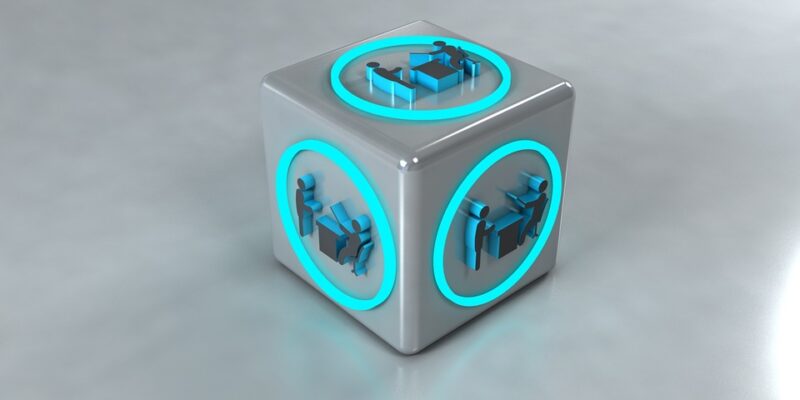The Future of 3D Modeling Tools: What Innovations are on the Horizon?
In recent years, the field of 3D modeling has seen tremendous growth and innovation. With the advancements in technology, more powerful and intuitive tools are being developed to help artists, designers, and engineers bring their ideas to life in three dimensions. As we look towards the future of 3D modeling tools, what new innovations can we expect to see on the horizon?
Real-Time Collaboration
One of the most exciting developments in 3D modeling tools is the rise of real-time collaboration features. These tools allow multiple users to work on the same project simultaneously, making it easier for teams to collaborate and iterate on designs in real-time. With real-time collaboration, artists and designers can communicate more effectively, share feedback, and accelerate the design process.
AI-Powered Automation
Another innovation that is shaping the future of 3D modeling tools is AI-powered automation. Machine learning algorithms can now assist designers in creating complex 3D models by automating repetitive tasks and suggesting design improvements. With AI-powered tools, designers can work more efficiently, iterate on designs more quickly, and create more sophisticated models with less effort.
Virtual Reality Integration
Virtual reality (VR) is another technology that is revolutionizing the field of 3D modeling. With VR integration, designers can immerse themselves in their creations, allowing them to interact with the model in a more intuitive and natural way. By using VR headsets and controllers, designers can manipulate 3D models in real-time, sculpting and shaping objects as if they were working with clay in a virtual world.
Augmented Reality Visualization
In addition to VR integration, augmented reality (AR) is also driving innovation in 3D modeling tools. AR allows designers to overlay digital models onto the physical world, giving them a better sense of how the design will look and function in real-life environments. With AR visualization, designers can place a 3D model in a room, walk around it, and see how it interacts with the space, helping them make more informed design decisions.
Generative Design
Generative design is another exciting trend in the world of 3D modeling tools. This approach uses algorithms to explore thousands of design options, finding the most optimal solutions based on specified parameters. By using generative design tools, designers can create complex and innovative structures that are optimized for performance, efficiency, and sustainability. This technology is especially useful in industries such as architecture, aerospace, and automotive design.
Parametric Modeling
Parametric modeling is another innovation that is transforming the way designers create 3D models. With parametric modeling tools, designers can create models that are driven by parameters and constraints, allowing them to easily iterate on designs and make changes without starting from scratch. Parametric modeling tools are ideal for creating complex, adaptive designs that can be easily modified and customized based on specific requirements.
Cloud-Based Collaboration
Cloud-based collaboration is another trend that is shaping the future of 3D modeling tools. With cloud-based tools, designers can access and work on their projects from anywhere, using any device with an internet connection. By storing files and projects in the cloud, teams can easily collaborate, share feedback, and synchronize changes in real-time, making it easier to work together remotely and across different locations.
Conclusion
In conclusion, the future of 3D modeling tools is full of exciting innovations that will continue to reshape the way designers create and visualize 3D models. From real-time collaboration and AI-powered automation to VR integration and generative design, the possibilities for 3D modeling tools are endless. By embracing these new technologies and advancements, designers can unlock new creative possibilities, streamline their workflow, and bring their ideas to life in ways that were once unimaginable. The future of 3D modeling tools is bright, and the innovations on the horizon are sure to revolutionize the way we design and create in three dimensions.
